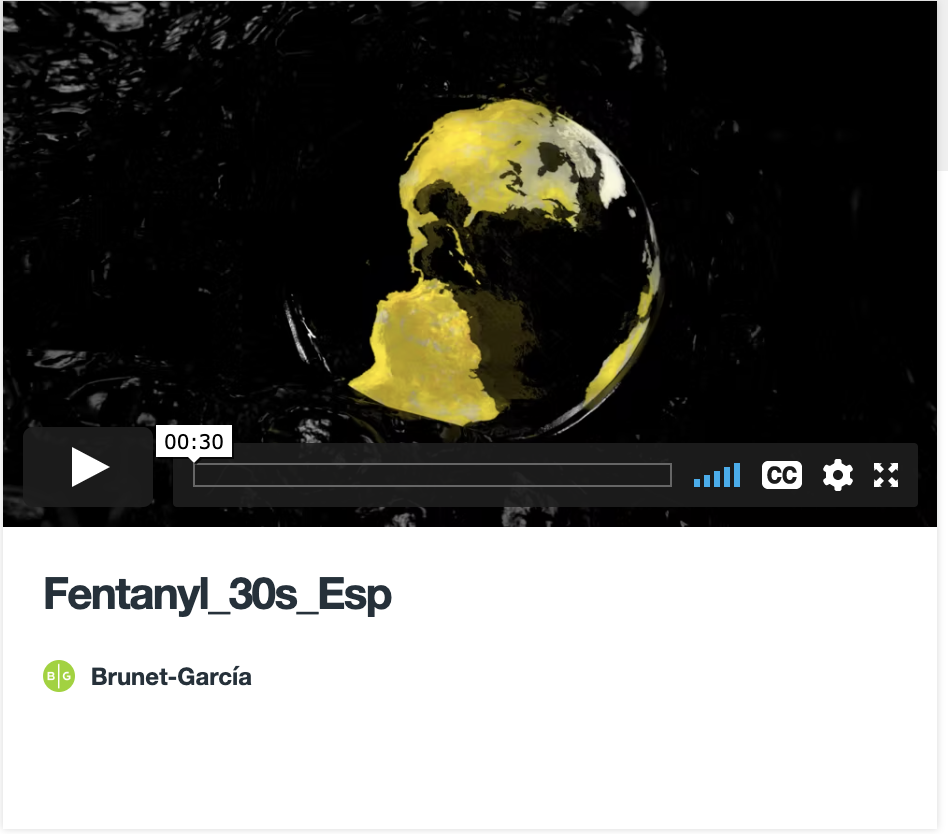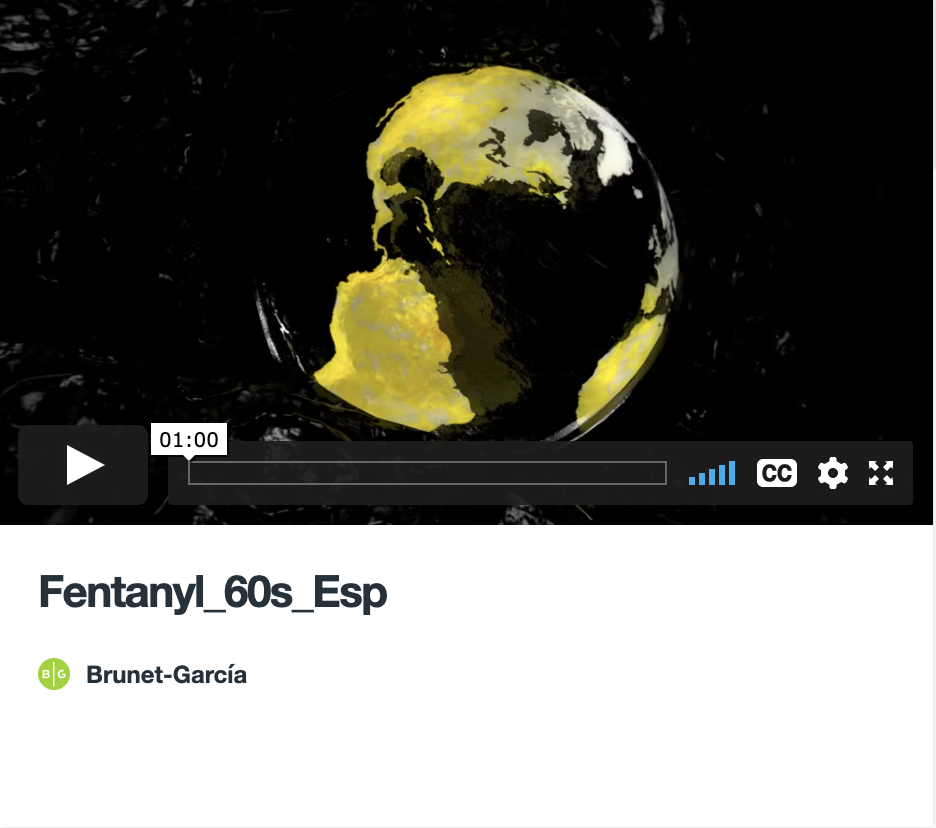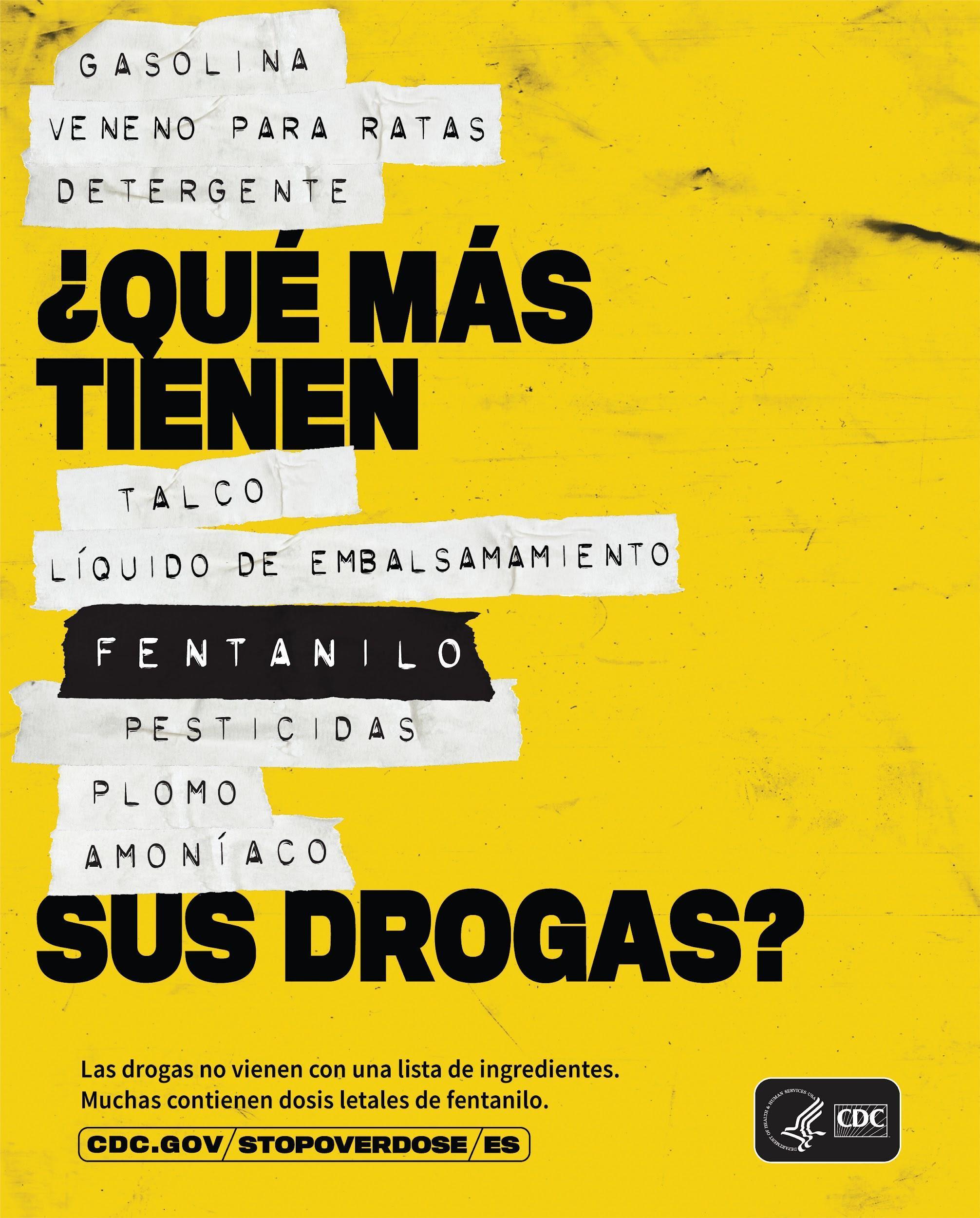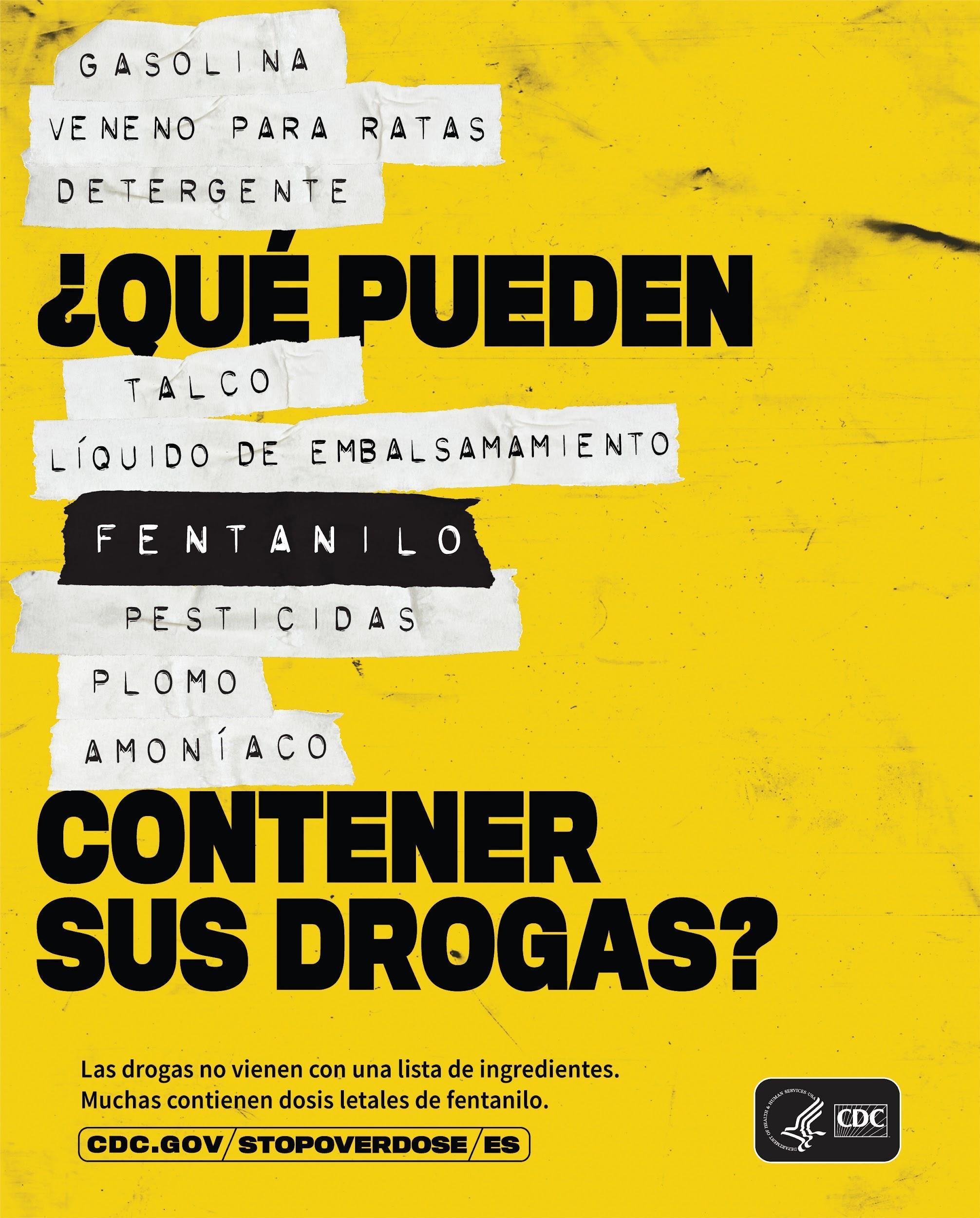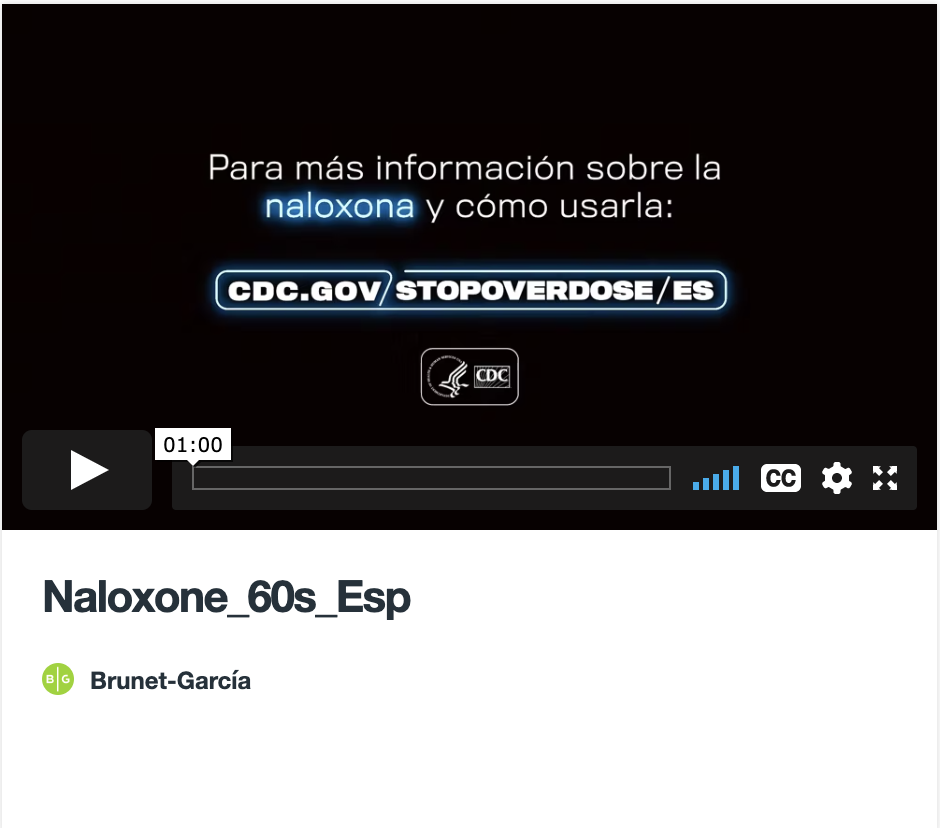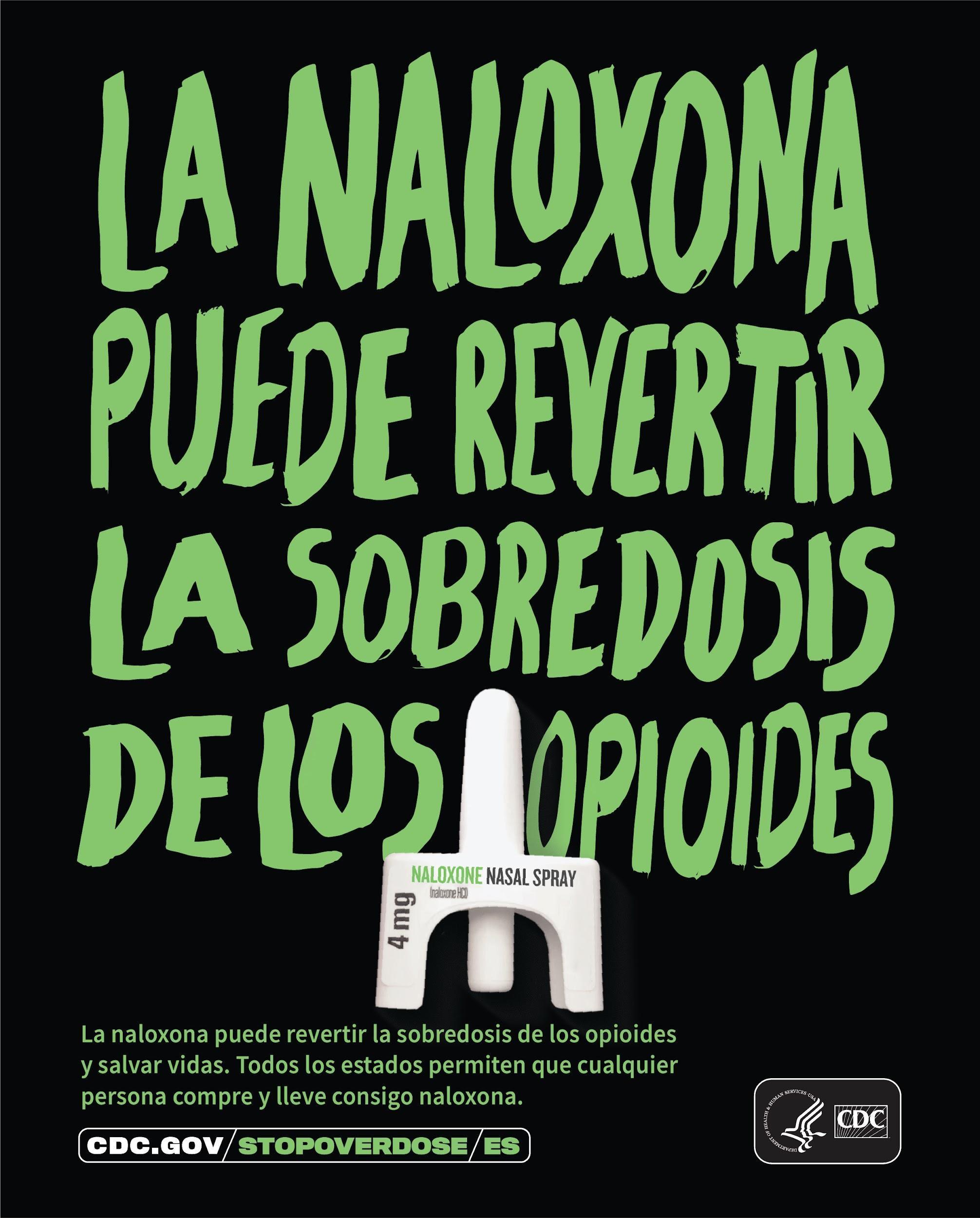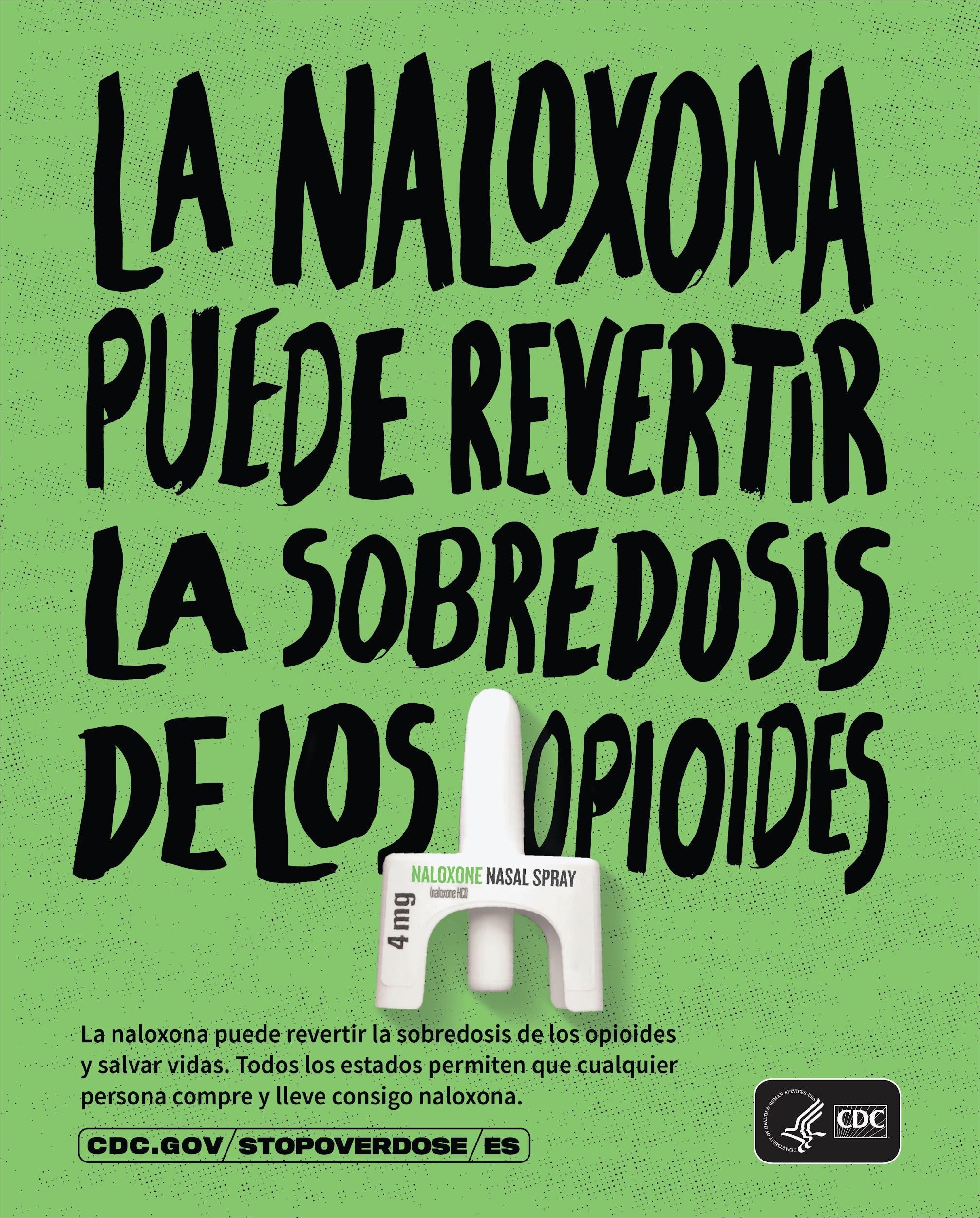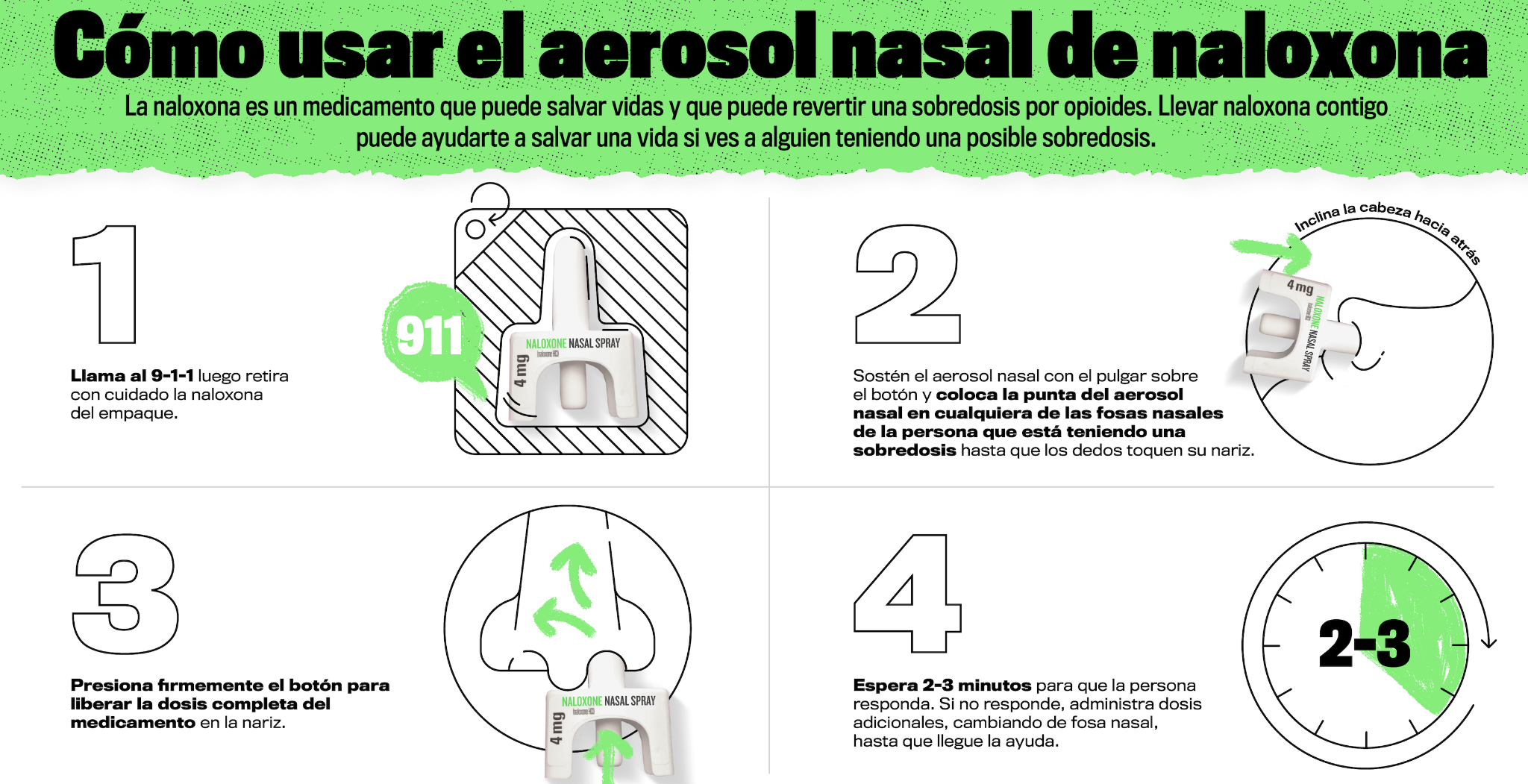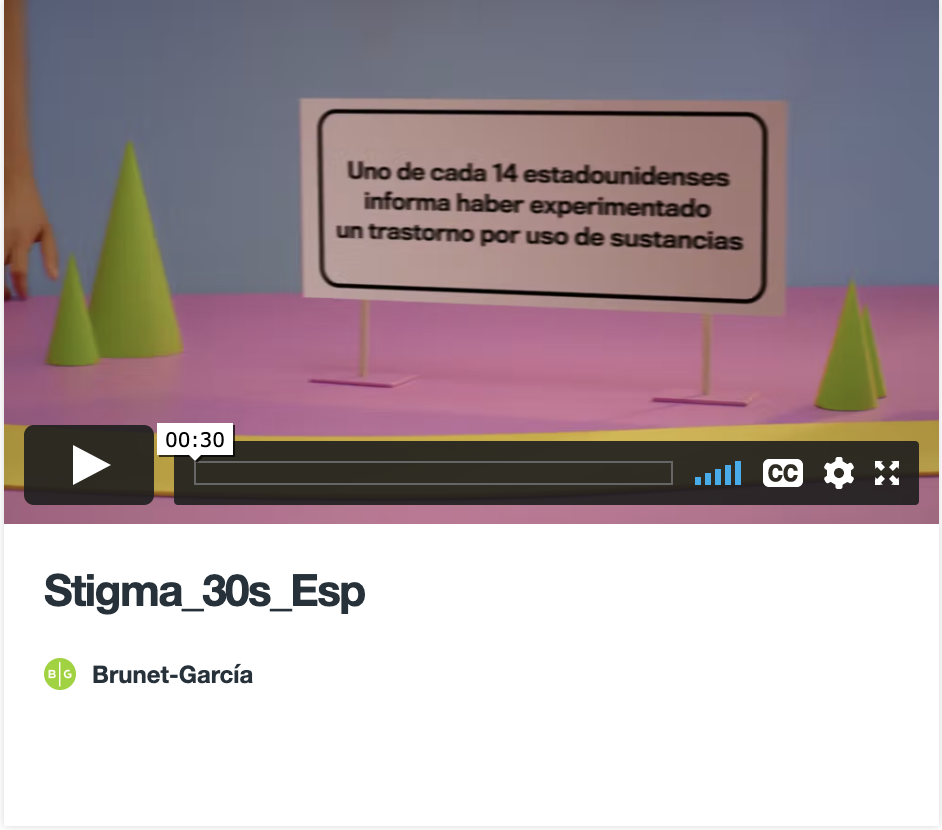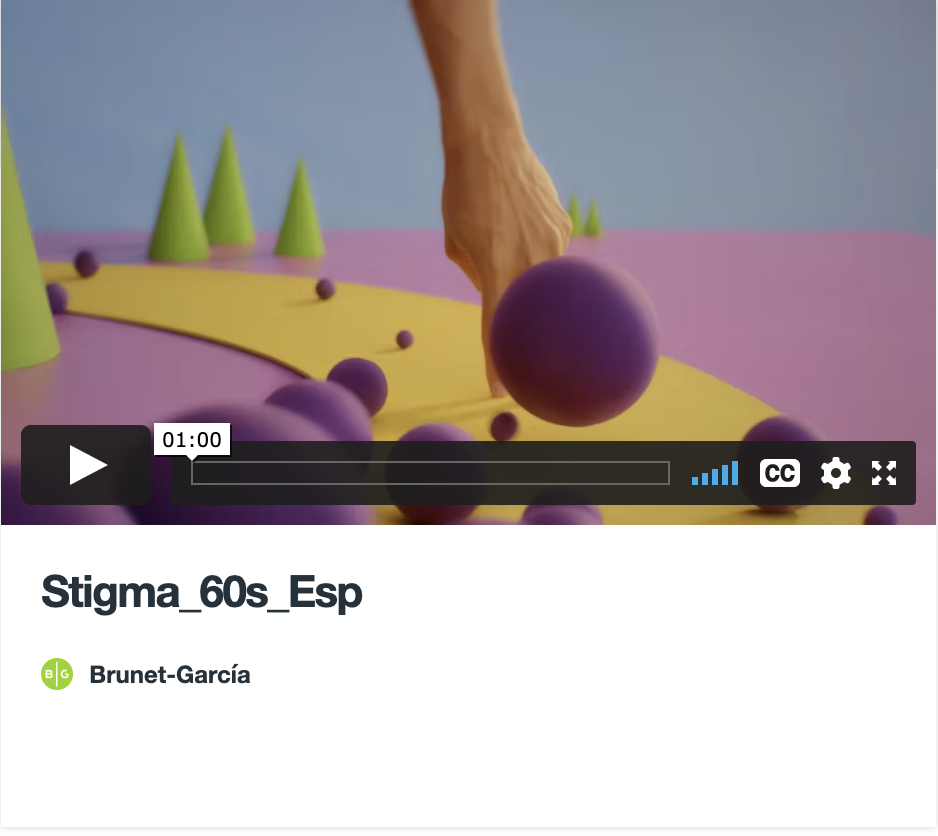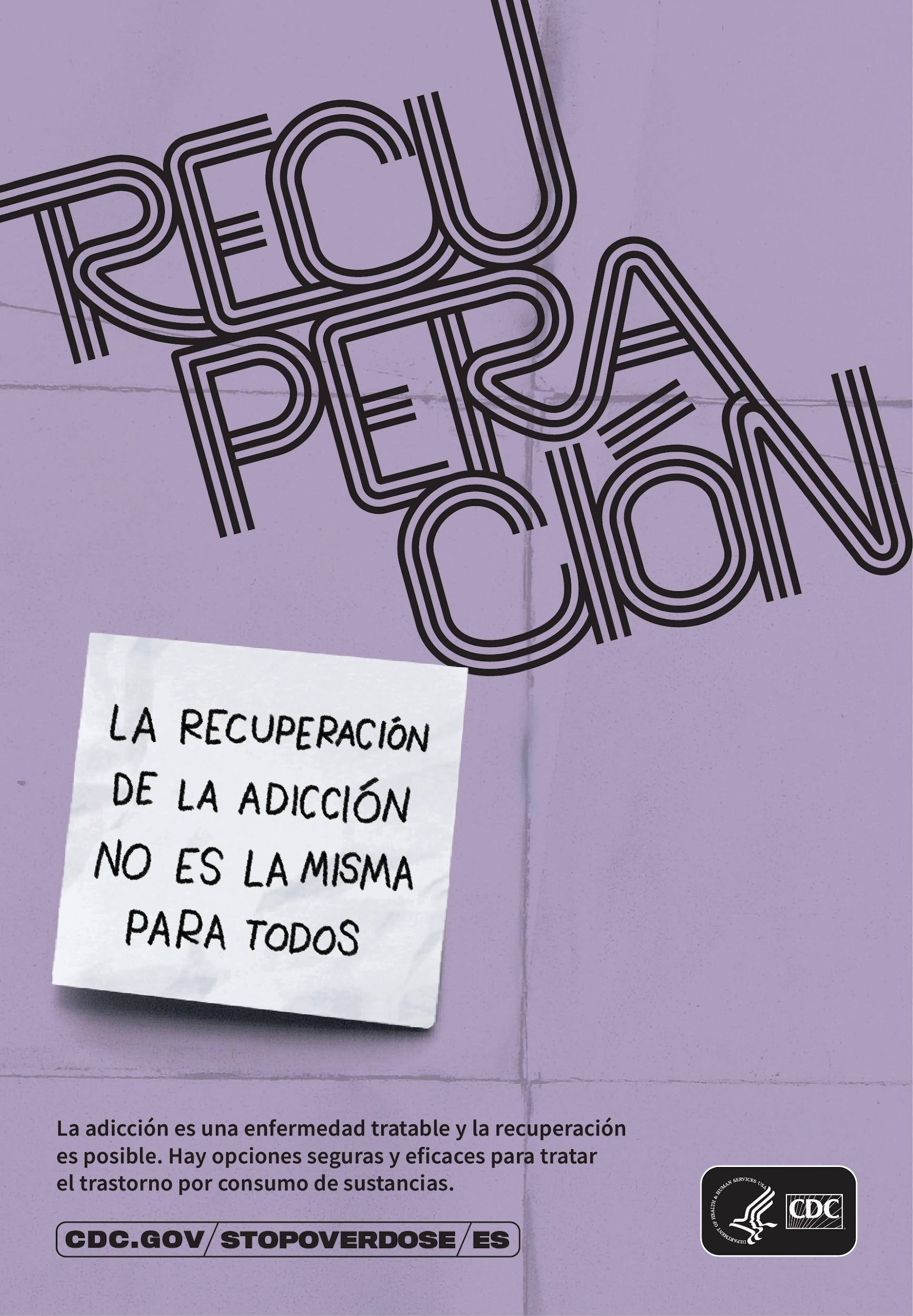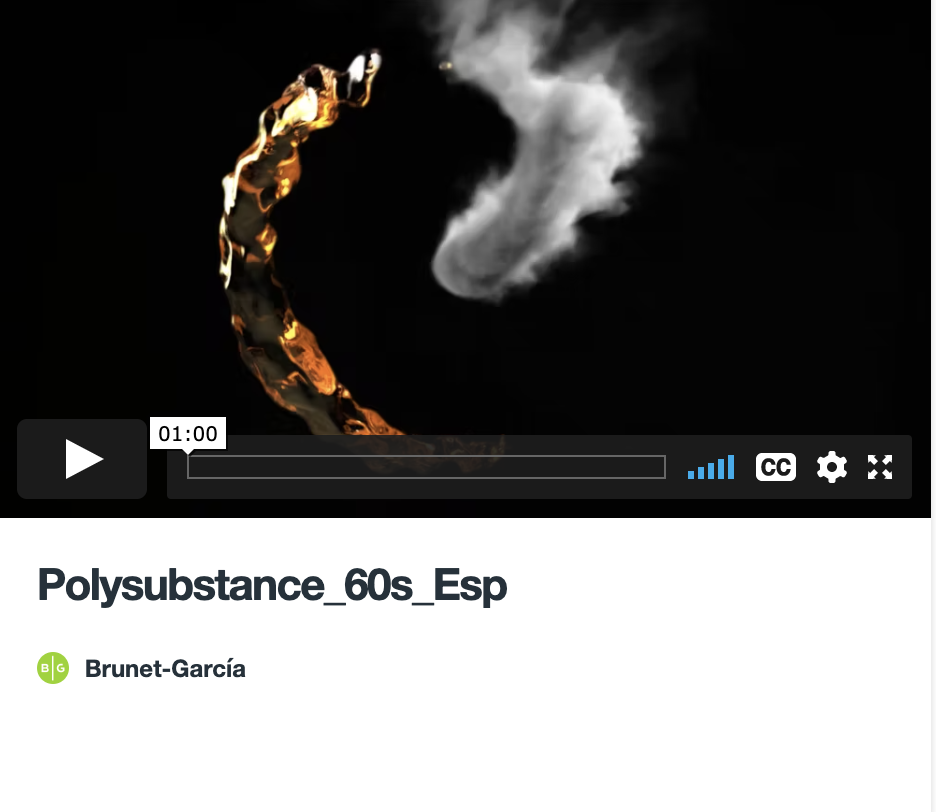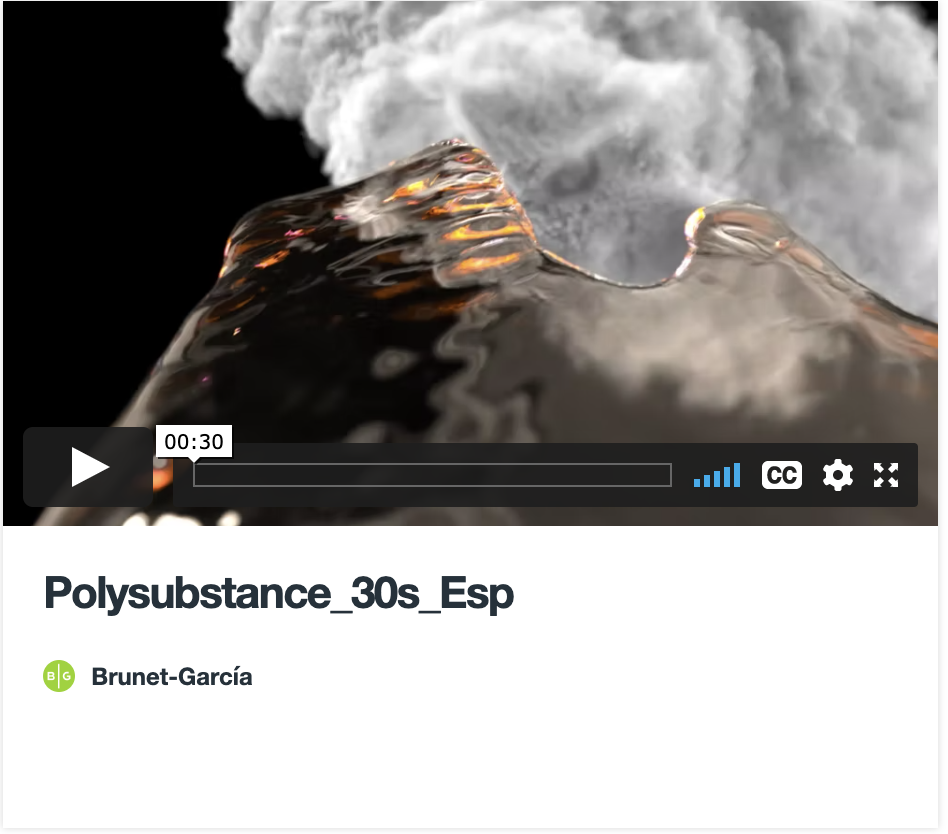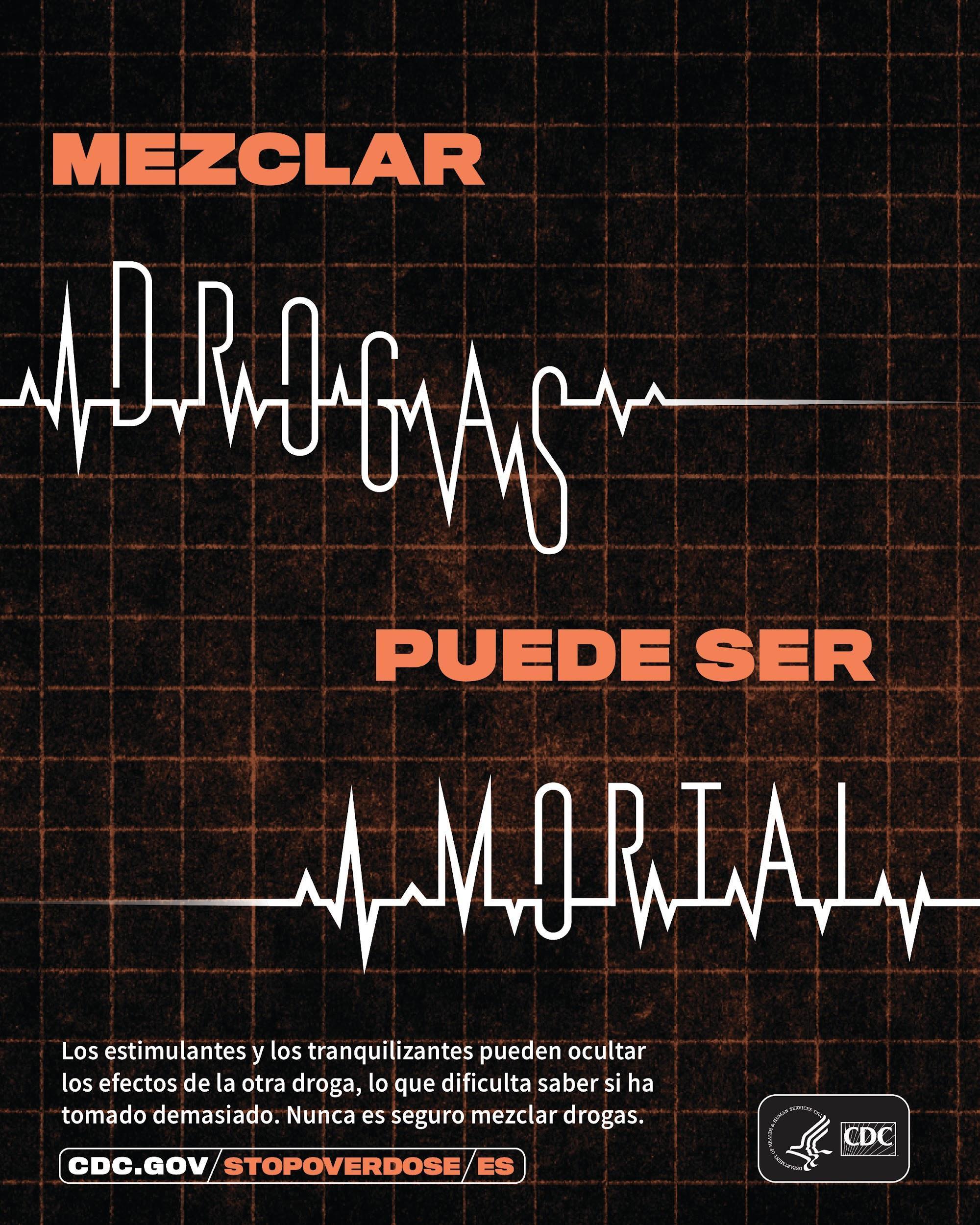Online Survey
[OS] CDC/ATSDR Formative Research and Tool Development
Attachment 4 - Online Survey_final
OMB: 0920-1154
OMB No. 0920-1154
OMB Control No. 0920-1154
Exp. Date 03/31/2026
The public reporting burden of this collection of information is estimated to average 15 minutes per response, including the time for reviewing instructions, searching existing data sources, gathering and maintaining the data needed, and completing and reviewing the collection of information. An agency may not conduct or sponsor, and a person is not required to respond to a collection of information unless it displays a currently valid OMB control number. Send comments regarding this burden estimate or any other aspect of this collection of information, including suggestions for reducing this burden to - CDC/ATSDR Reports Clearance Officer; 1600 Clifton Road NE, MS D-74, Atlanta, Georgia 30333 ATTN: PRA (0920-1154).
GenIC Clearance for CDC/ATSDR
Formative Research and Tool Development
Formative Research for Spanish-Language
Drug Overdose Messages
Attachment 4 - Survey Instrument
Contact: Brittany Curtis, MBA
Communication Branch
Division of Overdose Prevention (DOP)
National Center for Injury Prevention and Control (NCIPC)
Centers for Disease Control and Prevention (CDC)
4770 Buford Hwy NE, MS S106
Atlanta, Georgia 30341
Phone: 770-488-5423
Email: [email protected]
Los Centros para el Control y la Prevención de Enfermedades (CDC) desarrollaron y lanzaron cuatro campañas de educación que se complementan para prevenir y reducir las sobredosis de drogas. Esta encuesta nos ayudará a conocer las respuestas y opiniones sobre los mensajes y materiales de la campaña. Las personas que respondan la encuesta pueden completar toda o parte de la encuesta según sus respuestas. Es elección de cada persona responder las preguntas y puede detenerse en cualquier momento. Toda persona encuestada que complete y envíe la encuesta contestada completamente recibirá una recompensa proporcionada por SurveyMonkey.
The Centers for Disease Control and Prevention (CDC) developed and launched four complementary education campaigns to prevent and reduce drug overdoses. This survey will help us learn about responses to and opinions about campaign messages and materials. Survey respondents may complete all or some of the survey depending on their responses. It is the choice of the survey respondent to answer the questions and can stop at any time. All respondents who complete and submit the entire survey will receive a reward provided by SurveyMonkey.
Se estima que esta encuesta toma unos 15 minutos por persona. Esto incluye tiempo para revisar las instrucciones y completar las preguntas de la encuesta. Una agencia no puede realizar ni patrocinar, y una persona no está obligada a responder a una recopilación de información a menos que muestre un número de control de OMB vigente. Envía comentarios sobre este estimado de tiempo o cualquier otro aspecto de esta recopilación de información, incluyendo sugerencias para reducir esta carga, al Oficial de autorización de informes de CDC/ATSDR, 1600 Clifton Road NW, MS D-74, Atlanta, GA 30333; Atención: PRA (0920-20PL)
The Public Reporting burden of this survey is estimated at 15 minutes per person. This includes time for reviewing instructions and completing the survey questions. An agency may not conduct or sponsor, and a person is not required to respond to a collection of information unless it displays a currently valid OMB control number. Send comments regarding this burden estimate or any other aspect of this collection of information, including suggestions for reducing this burden to CDC/ATSDR Reports Clearance Officer, 1600 Clifton Road NW, MS D-74, Atlanta, GA 30333; Attn: PRA (0920-1154)
Esta investigación está cubierta por un Certificado de Confidencialidad de los Centros para el Control y la Prevención de Enfermedades.
This research is covered by a Certificate of Confidentiality from the Centers for Disease Control and Prevention.
Al continuar con la encuesta, estás indicando tu consentimiento para que recopilemos la información que proporcionas en tus respuestas.
By continuing to the survey, you are indicating your consent for us to collect the information you provide in your responses.
SURVEY 1: Fentanyl and Naloxone
Mira este producto e indica cuán de acuerdo estás con las siguientes afirmaciones.
Watch this product and indicate your level of agreement with the following statements.
A |
B |
|
|
El video es informativo. (The video is informative.)
Muy de acuerdo (Agree a lot)
Un poco de acuerdo (Agree a little)
Un poco en desacuerdo (Disagree a little)
Muy en desacuerdo (Disagree a lot)
El video llama la atención. (The video is engaging.)
Muy de acuerdo (Agree a lot)
Un poco de acuerdo (Agree a little)
Un poco en desacuerdo (Disagree a little)
Muy en desacuerdo (Disagree a lot)
El video es memorable. (The video is memorable.)
Muy de acuerdo (Agree a lot)
Un poco de acuerdo (Agree a little)
Un poco en desacuerdo (Disagree a little)
Muy en desacuerdo (Disagree a lot)
El video es agradable. (The video is likable.)
Muy de acuerdo (Agree a lot)
Un poco de acuerdo (Agree a little)
Un poco en desacuerdo (Disagree a little)
Muy en desacuerdo (Disagree a lot)
Escucha este producto e indica cuán de acuerdo estás con las siguientes afirmaciones.
[Nota: No hay video para este producto, sólo audio.]
Listen to this product and indicate your level of agreement with the following statements.
[Note: There is no video for this product, only sound]
A |
B |
El fentanilo ilegal es hasta 100 veces más fuerte que la morfina. Illegal fentanyl is up to 100 times more potent than morphine.
Una cantidad mínima puede causar una sobredosis. A tiny amount is all it takes to cause an overdose.
Puede estar en tus drogas y no lo podrías ver, oler, ni percibir su sabor. It could be in your drugs, and you wouldn’t be able to see it, taste it or smell it.
Conoce más en C D C punto gov diagonal stop overdose diagonal E S. Learn more at C D C dot gov slash stop overdose.
|
Una fracción de una gota de lluvia. A fraction of a raindrop.
Tres granos de sal. Three grains of salt.
Siendo 100 veces más fuerte que la morfina, una cantidad mínima de fentanilo es todo lo que hace falta para causar una sobredosis. At up to 100 times more potent than morphine, the tiniest amount of fentanyl is all it takes to cause an overdose.
El fentanilo se puede añadir a la heroína, la cocaína, pastillas, metanfetaminas y otras drogas. Fentanyl can be mixed into heroin, cocaine, pressed pills, meth, and other drugs.
Puede estar en tus drogas y no lo podrías ver, oler, ni percibir su sabor. It could be in your drugs, and you wouldn’t be able to see it, taste it or smell it.
Conoce más en C D C punto gov diagonal stop overdose diagonal E S. Learn more at C D C dot gov slash stop overdose. |
El anuncio es informativo. (The ad is informative.)
Muy de acuerdo (Agree a lot)
Un poco de acuerdo (Agree a little)
Un poco en desacuerdo (Disagree a little)
Muy en desacuerdo (Disagree a lot)
El anuncio llama la atención. (The ad is engaging.)
Muy de acuerdo (Agree a lot)
Un poco de acuerdo (Agree a little)
Un poco en desacuerdo (Disagree a little)
Muy en desacuerdo (Disagree a lot)
El anuncio es memorable. (The ad is memorable.)
Muy de acuerdo (Agree a lot)
Un poco de acuerdo (Agree a little)
Un poco en desacuerdo (Disagree a little)
Muy en desacuerdo (Disagree a lot)
El anuncio es agradable. (The ad is likable.)
Muy de acuerdo (Agree a lot)
Un poco de acuerdo (Agree a little)
Un poco en desacuerdo (Disagree a little)
Muy en desacuerdo (Disagree a lot)
Revisa este producto e indica cuán de acuerdo estás con las siguientes afirmaciones.
Review this product and indicate your level of agreement with the following statements.
A |
B |
|
|
El anuncio es informativo. (The ad is informative.)
Muy de acuerdo (Agree a lot)
Un poco de acuerdo (Agree a little)
Un poco en desacuerdo (Disagree a little)
Muy en desacuerdo (Disagree a lot)
El anuncio llama la atención. (The ad is engaging.)
Muy de acuerdo (Agree a lot)
Un poco de acuerdo (Agree a little)
Un poco en desacuerdo (Disagree a little)
Muy en desacuerdo (Disagree a lot)
El anuncio es memorable. (The ad is memorable.)
Muy de acuerdo (Agree a lot)
Un poco de acuerdo (Agree a little)
Un poco en desacuerdo (Disagree a little)
Muy en desacuerdo (Disagree a lot)
El anuncio es agradable. (The ad is likable.)
Muy de acuerdo (Agree a lot)
Un poco de acuerdo (Agree a little)
Un poco en desacuerdo (Disagree a little)
Muy en desacuerdo (Disagree a lot)
Pensando en todos los materiales que acabas de ver sobre el fentanilo, en tus propias palabras, dinos cómo le describirías estos anuncios a un amigo. Puedes responder en inglés o español.
Thinking about all the materials you’ve just seen about fentanyl, in your own words, tell us how you would describe these ads to a friend. You may respond in English or Spanish.

El lenguaje utilizado en esta campaña es: (Selecciona todas las que apliquen)
The language used in the campaign is: (Select all that apply)
Claro/Entendible (Clear/Understandable)
Confuso (Confusing)
Ofensivo (Offensive)
Otro (Other)
Por favor dinos por qué consideras que el lenguaje utilizado en la campaña es confuso, ofensivo o no es claro/entendible. Puedes responder en inglés o español. [Logic note: This is only asked of those who chose “offensive” or “confusing” or “other” for the previous question.]
Please tell us why you find the language used in the campaign to be confusing, offensive, or something other than clear/understandable. You may respond in English or Spanish.

16. Después de haber visto estos anuncios, indica la probabilidad de que realices las siguientes acciones del 1 al 4, donde 1 es la acción "más probable" y 4 es la acción "menos probable" que realizarías. [Logic note: Rank choice item]
After having seen these ads, rank how likely you are to take the following actions from 1-4 where 1 is the “most likely” and 4 is the “least likely” action you would take.
Visitar la página web en español de Stop Overdose de los CDC para obtener más información
Visitar la página web en inglés de Stop Overdose de los CDC para obtener más información
Visitar ambas páginas web en inglés y español de Stop Overdose de los CDC para obtener más información.
No iría a las páginas web para aprender más
Go to the CDC’s Stop Overdose Website in Spanish to learn more
Go to CDC’s Stop Overdose Website in English to learn more
Go to both the English and Spanish CDC Stop Overdose websites to learn more
I would not go to the websites to learn more
Mire este producto e indica cuán de acuerdo estás con las siguientes afirmaciones.
Watch this product and indicate your level of agreement with the following statements.
A |
B |
|
|
El video es informativo. (The video is informative.)
Muy de acuerdo (Agree a lot)
Un poco de acuerdo (Agree a little)
Un poco en desacuerdo (Disagree a little)
Muy en desacuerdo (Disagree a lot)
El video llama la atención. (The video is engaging.)
Muy de acuerdo (Agree a lot)
Un poco de acuerdo (Agree a little)
Un poco en desacuerdo (Disagree a little)
Muy en desacuerdo (Disagree a lot)
El video es memorable (The video is memorable.)
Muy de acuerdo (Agree a lot)
Un poco de acuerdo (Agree a little)
Un poco en desacuerdo (Disagree a little)
Muy en desacuerdo (Disagree a lot)
El video es agradable. (The video is likable.)
Muy de acuerdo (Agree a lot)
Un poco de acuerdo (Agree a little)
Un poco en desacuerdo (Disagree a little)
Muy en desacuerdo (Disagree a lot)
Escucha este producto e indica cuán de acuerdo estás con las siguientes afirmaciones.
[Nota: No hay video para este producto, sólo audio.]
Listen to this product and indicate your level of agreement with the following statements.
[Note: There is no video for this product, only sound]
El anuncio es informativo. (The ad is informative.)
Muy de acuerdo (Agree a lot)
Un poco de acuerdo (Agree a little)
Un poco en desacuerdo (Disagree a little)
Muy en desacuerdo (Disagree a lot)
El anuncio llama la atención. (The ad is engaging.)
Muy de acuerdo (Agree a lot)
Un poco de acuerdo (Agree a little)
Un poco en desacuerdo (Disagree a little)
Muy en desacuerdo (Disagree a lot)
El anuncio es memorable. (The ad is memorable.)
Muy de acuerdo (Agree a lot)
Un poco de acuerdo (Agree a little)
Un poco en desacuerdo (Disagree a little)
Muy en desacuerdo (Disagree a lot)
El anuncio es agradable. (The ad is likable.)
Muy de acuerdo (Agree a lot)
Un poco de acuerdo (Agree a little)
Un poco en desacuerdo (Disagree a little)
Muy en desacuerdo (Disagree a lot)
Revisa este producto e indica cuán de acuerdo estás con las siguientes afirmaciones.
Review this product and indicate your level of agreement with the following statements.
A |
B |
|
|
El anuncio es informativo. (The ad is informative.)
Muy de acuerdo (Agree a lot)
Un poco de acuerdo (Agree a little)
Un poco en desacuerdo (Disagree a little)
Muy en desacuerdo (Disagree a lot)
El anuncio llama la atención. (The ad is engaging.)
Muy de acuerdo (Agree a lot)
Un poco de acuerdo (Agree a little)
Un poco en desacuerdo (Disagree a little)
Muy en desacuerdo (Disagree a lot)
El anuncio es memorable. (The ad is memorable.)
Muy de acuerdo (Agree a lot)
Un poco de acuerdo (Agree a little)
Un poco en desacuerdo (Disagree a little)
Muy en desacuerdo (Disagree a lot)
El anuncio es agradable. (The ad is likable.)
Muy de acuerdo (Agree a lot)
Un poco de acuerdo (Agree a little)
Un poco en desacuerdo (Disagree a little)
Muy en desacuerdo (Disagree a lot)
Revisa este producto e indica cuán de acuerdo estás con las siguientes afirmaciones.
Review this product and indicate your level of agreement with the following statements.
|
|
El mensaje es informativo. (The message is informative.)
Muy de acuerdo (Agree a lot)
Un poco de acuerdo (Agree a little)
Un poco en desacuerdo (Disagree a little)
Muy en desacuerdo (Disagree a lot)
El lenguaje utilizado en este mensaje es: (Selecciona todas las que apliquen)
The language used in this message is: (Select all that apply)
Claro/Entendible (Clear/Understandable)
Confuso (Confusing)
Ofensivo (Offensive)
Otro (Other)
Por favor dinos por qué consideras que el lenguaje utilizado en la campaña es confuso, ofensivo o algo que no sea claro/entendible. Puedes responder en inglés o español. [Logic note: This is only asked of those who chose “offensive” or “confusing” or “other” for the previous question.]
Please tell us why you find the language used in the campaign to be confusing, offensive, or something other than clear/understandable. You may respond in English or Spanish.

¿Cómo se puede mejorar este mensaje? Puedes contestar en inglés o español.
How can this message be improved? You may answer in English or Spanish.

Pensando en todos los materiales que acabas de ver sobre la naloxona, en tus propias palabras, dinos cómo le describirías estos anuncios a un amigo. Puedes responder en inglés o español.
Thinking about all of the materials you’ve just seen about naloxone, in your own words, tell us how you would describe these ads to a friend. You may respond in English or Spanish.

El lenguaje utilizado en esta campaña es: (Selecciona todas las que apliquen)
The language used in the campaign is: (Select all that apply)
Claro/Entendible (Clear/Understandable)
Confuso (Confusing)
Ofensivo (Offensive)
Otro (Other)
Por favor dinos por qué consideras que el lenguaje utilizado en la campaña es confuso, ofensivo o algo que no sea claro/entendible. Puedes responder en inglés o español. [Logic note: This is only asked of those who chose “offensive” or “confusing” or “other” for the previous question.]
Please tell us why you find the language used in the campaign to be confusing, offensive, or something other than clear/understandable. You may respond in English or Spanish.

17. Después de haber visto estos anuncios, indica la probabilidad de que realices las siguientes acciones del 1 al 6, donde 1 es la acción "más probable" y 6 es la acción "menos probable" que realizarías. [Logic note: Rank choice item]
After having seen these ads, rank how likely you are to take the following actions from 1-6 where 1 is the “most likely” action and 6 is the “least likely” action you would take.
Visitar la página web en español de Stop Overdose de los CDC para obtener más información
Visitar la página web en inglés de Stop Overdose de los CDC para obtener más información
Visitar ambas páginas web en inglés y español de Stop Overdose de los CDC para obtener más información.
Hablar con un proveedor de atención médica o farmacéutico acerca de la naloxona
Comprar Naloxona
No haría ninguna de las anteriores
Go to the CDC’s Stop Overdose Website in Spanish to learn more
Go to CDC’s Stop Overdose Website in English to learn more
Go to both the English and Spanish CDC Stop Overdose websites to learn more
Talk to a healthcare provider or pharmacist about naloxone
Purchase naloxone
I would not do any of the above
Para las preguntas siguientes, por favor lee cada afirmación o pregunta y luego selecciona tu respuesta.
For the remaining questions, please read each statement or question and select your response.
La información en estas campañas es relevante para mí o alguien importante en mi vida.
The information in these campaigns is relevant to me or someone in my life that I care about.
Muy de acuerdo (Agree a lot)
De acuerdo (Agree)
En desacuerdo (Disagree)
Muy en desacuerdo (Disagree a lot)
I would share these campaign products with others.
Muy de acuerdo (Agree a lot)
De acuerdo (Agree)
En desacuerdo (Disagree)
Muy en desacuerdo (Disagree a lot)
¿Has visto o escuchado alguno de estos materiales de la campaña antes de realizar esta encuesta (Ej.: en tu computadora, en una revista o en la radio)?
Have you seen or heard any of these campaign materials prior to taking this survey, (for example, on your computer, in a magazine, or on the radio)?
Sí
No
No estoy seguro/a
Yes
No
Unsure
¿Cuál de los siguientes materiales de la campaña has visto u oído antes de realizar esta encuesta? (Selecciona todas las que apliquen) [ This is a follow-up, choose all that apply that will be given only to “Yes” responses on the previous question.]
Which of the following campaign materials have you seen or heard prior to taking this survey? (Select all that apply.)
En las redes sociales
En vallas o carteles
En audio digital o la radio
A través de un pódcast
En TV o un dispositivo de streaming
Mientras buscaba algo en mi computadora
Otro (Por favor especifica)
On social media
On a billboard or poster
On digital audio or radio
On a podcast
On TV or streaming device
While searching for something on my computer
Other (Please specify)
En los últimos 3 meses, ¿has usado drogas ilícitas o abusado de opioides recetados al menos una vez? Cuando nos referimos a drogas ilícitas, esto incluye drogas como la cocaína, la metanfetamina (éxtasis, molly) u opioides (incluyendo la heroína o el fentanilo). Esto no incluye cuando se consume alcohol o marihuana solamente.
In the last 3 months, have you used illicit drugs or misused prescription opioids at least once? When referring to illicit drugs, this includes drugs such as cocaine, methamphetamine (ecstasy, molly), or opioids (including heroin or fentanyl). This does not include alcohol or marijuana alone.
Sí [Logic note: IF YES, GO TO Q 42]
No [Logic note: IF NO, GO TO Q 43]
Prefiero no contestar [Logic note: GO TO Q 43]
Yes
No
Prefer not to answer
¿Tu uso de drogas te causa problemas de salud, alguna discapacidad o retos mayores que interfieran con tu trabajo, la escuela o problemas en el hogar?
Does your use of drugs cause health problems, disability, or major challenges at work, school, or home?
Sí
No
Prefiero no contestar
Yes
No
Prefer not to answer
¿Tienes algún familiar o amistad que, en los últimos 3 meses, haya consumido drogas ilícitas o abusado de opioides recetados al menos una vez? Cuando nos referimos a drogas ilícitas, esto incluye drogas como la cocaína, la metanfetamina (éxtasis, molly) y los opioides (incluyendo la heroína o el fentanilo). Esto no incluye cuando se consume alcohol o marihuana solamente.
Do you have a family member or friend who, in the last 3 months, has used illicit drugs or misused prescription opioids at least once? When referring to illicit drugs, this includes drugs such as cocaine, methamphetamine (ecstasy, molly), and opioids (including heroin or fentanyl). This does not include alcohol or marijuana alone
Sí
No
Prefiero no contestar
Yes
No
Prefer not to answer
En el último año, ¿te han diagnosticado o has estado en recuperación o tratamiento por un trastorno por uso de sustancias?
In the last year, have you been diagnosed with or in recovery or treatment for a substance use disorder?
Sí
No
Prefiero no contestar
Yes
No
Prefer not to answer
¿Cuál es el nivel más alto de educación que has completado?
What is the highest level of education you have completed?
Algunos estudios de escuela secundaria
Diploma de escuela secundaria
Algunos estudios universitarios o grado asociado
Bachillerato
Posgrado/Maestría
Some high school
High school diploma
Some college or associate's degree
Bachelor’s degree
Advanced degree
El año pasado, es decir, en el 2021, ¿cuál fue el rango total de ingresos de tu hogar de todas las fuentes, antes de impuestos?
Last year, that is in 2021, what was your total household income range from all sources, before taxes?
Menos de $15,000
$15,000 a $24,999
$25,000 a $34,999
$35,000 a $49,999
$50,000 a $74,999
$75,000 a $99,999
$100,000 a $149,999
$150,000+
Prefiero no contestar
Less than $15,000
$15,000 to $24,999
$25,000 to $34,999
$35,000 to $49,999
$50,000 to $74,999
$75,000 to $99,999
$100,000 to $149,999
$150,000+
Prefer not to answer
¿Cuáles de las siguientes opciones mejor describe tu raza? [Por favor selecciona una o más según aplique]
Which of the following best describes your race? [Please select one or more as applicable].
¿Cuál es tu país (o países) de origen o el (los) de tu familia? [OPEN ENDED]
What is your or your family’s country (countries) of origin? [OPEN ENDED]
¿Cuál de las siguientes opciones mejor describe tu habilidad para hablar inglés y/o español?
Which of the following best describes your ability to speak English and/or Spanish?
Sólo hablo en inglés
Mayormente hablo en inglés con algo de español
Mayormente hablo en español con algo de inglés
Sólo hablo en español
Use English only
Use mainly English and some Spanish
Use mainly Spanish and some English
Use Spanish only
¿Cuál de las siguientes descripciones mejor te aplica?
Which of the following descriptions best applies to you?
Nací fuera de los Estados Unidos o en la isla de Puerto Rico.
Nací en los Estados Unidos de padres inmigrantes.
Nací en los Estados Unidos de padres nacidos en los Estados Unidos.
I was born outside the United States or on the island of Puerto Rico.
I was born in the United States to immigrant parents.
I was born in the United States to U.S.-born parents.
[The SurveyMonkey audience panel will give us the following without us having to include it in one of our 50 questions. The answer choices are preprogrammed into the audience panel and are not modifiable.
Age
Gender
Device on which they took the survey]
SURVEY 2: Stigma and Polysubstance Use
Mira este producto e indica cuán de acuerdo estás con las siguientes afirmaciones.
Watch this product and indicate your level of agreement with the following statements.
A |
B |
|
|
El video es informativo. (The video is informative.)
Muy de acuerdo (Agree a lot)
Un poco de acuerdo (Agree a little)
Un poco en desacuerdo (Disagree a little)
Muy en desacuerdo (Disagree a lot)
El video llama la atención. (The video is engaging.)
Muy de acuerdo (Agree a lot)
Un poco de acuerdo (Agree a little)
Un poco en desacuerdo (Disagree a little)
Muy en desacuerdo (Disagree a lot)
El video es memorable. (The video is memorable.)
Muy de acuerdo (Agree a lot)
Un poco de acuerdo (Agree a little)
Un poco en desacuerdo (Disagree a little)
Muy en desacuerdo (Disagree a lot)
El video es agradable. (The video is likable.)
Muy de acuerdo (Agree a lot)
Un poco de acuerdo (Agree a little)
Un poco en desacuerdo (Disagree a little)
Muy en desacuerdo (Disagree a lot)
Escucha este producto e indica cuán de acuerdo estás con las siguientes afirmaciones.
[Nota: No hay video para este producto, sólo audio.]
Listen to this product and indicate your level of agreement with the following statements.
[Note: There is no video for this product, only sound]
El anuncio es informativo. (The ad is informative.)
Muy de acuerdo (Agree a lot)
Un poco de acuerdo (Agree a little)
Un poco en desacuerdo (Disagree a little)
Muy en desacuerdo (Disagree a lot)
El anuncio llama la atención. (The ad is engaging.)
Muy de acuerdo (Agree a lot)
Un poco de acuerdo (Agree a little)
Un poco en desacuerdo (Disagree a little)
Muy en desacuerdo (Disagree a lot)
El anuncio es memorable. (The ad is memorable.)
Muy de acuerdo (Agree a lot)
Un poco de acuerdo (Agree a little)
Un poco en desacuerdo (Disagree a little)
Muy en desacuerdo (Disagree a lot)
El anuncio es agradable. (The ad is likable.)
Muy de acuerdo (Agree a lot)
Un poco de acuerdo (Agree a little)
Un poco en desacuerdo (Disagree a little)
Muy en desacuerdo (Disagree a lot)
Revisa este producto e indica cuán de acuerdo estás con las siguientes afirmaciones.
Review this product and indicate your level of agreement with the following statements.
A |
B |
|
|
El anuncio es informativo. (The ad is informative.)
Muy de acuerdo (Agree a lot)
Un poco de acuerdo (Agree a little)
Un poco en desacuerdo (Disagree a little)
Muy en desacuerdo (Disagree a lot)
El anuncio llama la atención. (The ad is engaging.)
Muy de acuerdo (Agree a lot)
Un poco de acuerdo (Agree a little)
Un poco en desacuerdo (Disagree a little)
Muy en desacuerdo (Disagree a lot)
El anuncio es memorable. (The ad is memorable.)
Muy de acuerdo (Agree a lot)
Un poco de acuerdo (Agree a little)
Un poco en desacuerdo (Disagree a little)
Muy en desacuerdo (Disagree a lot)
El anuncio es agradable. (The ad is likable.)
Muy de acuerdo (Agree a lot)
Un poco de acuerdo (Agree a little)
Un poco en desacuerdo (Disagree a little)
Muy en desacuerdo (Disagree a lot)
Pensando en todos los materiales que acabas de ver, en tus propias palabras, dinos cómo le describirías estos anuncios a un amigo. Puedes responder en inglés o español.
Thinking about all of the materials you’ve just seen, in your own words, tell us how you would describe these ads to a friend. You may respond in English or Spanish.
El lenguaje utilizado en esta campaña es: (Selecciona todas las que apliquen)
The language used in the campaign is: (Select all that apply)
Claro/Entendible (Clear/Understandable)
Confuso (Confusing)
Ofensivo (Offensive)
Otro (Other)
Por favor dinos por qué consideras que el lenguaje utilizado en la campaña es confuso, ofensivo o algo que no sea claro/entendible. Puedes responder en inglés o español. [Logic note: This is only asked of those who chose “offensive” or “confusing” or “other” for the previous question.]
Please tell us why you find the language used in the campaign to be confusing, offensive, or something other than clear/understandable. You may respond in English or Spanish.

Después de haber visto estos anuncios, indica la probabilidad de que realices las siguientes acciones del 1 al 4, donde 1 es la acción "menos probable" y 4 es la acción "más probable" que realizarías. [Logic note: Rank choice item.]
After having seen these ads, rank how likely you are to take the following actions from 1-4 where 1 is the “least likely” and 4 is the “most likely” action you would take.
Visitar la página web en español de Stop Overdose de los CDC para obtener más información
Visitar la página web en inglés de Stop Overdose de los CDC para obtener más información
Visitar ambas páginas web en inglés y español de Stop Overdose de los CDC para obtener más información.
No iría a las páginas web para aprender más.
Go to the CDC’s Stop Overdose Website in Spanish to learn more
Go to CDC’s Stop Overdose Website in English to learn more
Go to both the English and Spanish CDC Stop Overdose websites to learn more
I would not go to the websites to learn more
Mira este producto e indica cuán de acuerdo estás con las siguientes afirmaciones.
Watch this product and indicate your level of agreement with the following statements.
A |
B |
|
|
El video es informativo. (The video is informative.)
Muy de acuerdo (Agree a lot)
Un poco de acuerdo (Agree a little)
Un poco en desacuerdo (Disagree a little)
Muy en desacuerdo (Disagree a lot)
El video llama la atención. (The video is engaging.)
Muy de acuerdo (Agree a lot)
Un poco de acuerdo (Agree a little)
Un poco en desacuerdo (Disagree a little)
Muy en desacuerdo (Disagree a lot)
El video es memorable. (The video is memorable.)
Muy de acuerdo (Agree a lot)
Un poco de acuerdo (Agree a little)
Un poco en desacuerdo (Disagree a little)
Muy en desacuerdo (Disagree a lot)
El video es agradable. (The video is likable.)
Muy de acuerdo (Agree a lot)
Un poco de acuerdo (Agree a little)
Un poco en desacuerdo (Disagree a little)
Muy en desacuerdo (Disagree a lot)
Escucha este producto e indica cuán de acuerdo estás con las siguientes afirmaciones.
[Nota: No hay video para este producto, sólo audio.]
Listen to this product and indicate your level of agreement with the following statements.
[Note: There is no video for this product, only sound]
El anuncio es informativo. (The ad is informative.)
Muy de acuerdo (Agree a lot)
Un poco de acuerdo (Agree a little)
Un poco en desacuerdo (Disagree a little)
Muy en desacuerdo (Disagree a lot)
Muy de acuerdo (Agree a lot)
Un poco de acuerdo (Agree a little)
Un poco en desacuerdo (Disagree a little)
Muy en desacuerdo (Disagree a lot)
El anuncio es memorable. (The ad is memorable.)
Muy de acuerdo (Agree a lot)
Un poco de acuerdo (Agree a little)
Un poco en desacuerdo (Disagree a little)
Muy en desacuerdo (Disagree a lot)
El anuncio es agradable. (The ad is likable.)
Muy de acuerdo (Agree a lot)
Un poco de acuerdo (Agree a little)
Un poco en desacuerdo (Disagree a little)
Muy en desacuerdo (Disagree a lot)
Revisa este producto e indica cuán de acuerdo estás con las siguientes afirmaciones.
Review this product and indicate your level of agreement with the following statements.
|
|
El anuncio es informativo. (The ad is informative.)
Muy de acuerdo (Agree a lot)
Un poco de acuerdo (Agree a little)
Un poco en desacuerdo (Disagree a little)
Muy en desacuerdo (Disagree a lot)
El anuncio llama la atención. (The ad is engaging.)
Muy de acuerdo (Agree a lot)
Un poco de acuerdo (Agree a little)
Un poco en desacuerdo (Disagree a little)
Muy en desacuerdo (Disagree a lot)
El anuncio es memorable. (The ad is memorable.)
Muy de acuerdo (Agree a lot)
Un poco de acuerdo (Agree a little)
Un poco en desacuerdo (Disagree a little)
Muy en desacuerdo (Disagree a lot)
El anuncio es agradable. (The ad is likable.)
Muy de acuerdo (Agree a lot)
Un poco de acuerdo (Agree a little)
Un poco en desacuerdo (Disagree a little)
Muy en desacuerdo (Disagree a lot)
Pensando en todos los materiales que acabas de ver sobre mezclar drogas, en tus propias palabras, dinos cómo le describirías estos anuncios a un amigo. Puedes responder en inglés o español.
Thinking about all of the materials you’ve just seen about mixing drugs, in your own words, tell us how you would describe these ads to a friend. You may respond in English or Spanish.
El lenguaje utilizado en esta campaña es: (Selecciona todas las que apliquen)
The language used in the campaign is: (Select all that apply)
Claro/Entendible (Clear/Understandable)
Confuso (Confusing)
Ofensivo (Offensive)
Otro (Other)
Por favor dinos por qué consideras que el lenguaje utilizado en la campaña es confuso, ofensivo o algo que no sea claro/entendible. Puedes responder en inglés o español. [Logic note: This is only asked of those who chose “offensive” or “confusing” or “other” for the previous question.]
Please tell us why you find the language used in the campaign to be confusing, offensive, or something other than clear/understandable. You may respond in English or Spanish.

Después de haber visto estos anuncios, indica la probabilidad de que realices las siguientes acciones del 1 al 4, donde 1 es la acción "más probable" y 4 es la acción "menos probable" que realizarías. [Logic note: Rank choice item]
After having seen these ads, rank how likely you are to take the following actions from 1-4 where 1 is the “most likely” and 4 is the “least likely” action you would take.
Visitar la página web en español de Stop Overdose de los CDC para obtener más información
Visitar la página web en inglés de Stop Overdose de los CDC para obtener más información
Visitar ambas páginas web en inglés y español de Stop Overdose de los CDC para obtener más información.
No iría a las páginas web para aprender más.
Go to the CDC’s Stop Overdose Website in Spanish to learn more
Go to CDC’s Stop Overdose Website in English to learn more
Go to both the English and Spanish CDC Stop Overdose websites to learn more
I would not do any of the above
Revisa este mensaje e indica cuán de acuerdo estás con las siguientes afirmacione:.
Review this message and indicate your level of agreement with the following statements:
|
El reconocimiento de los signos de una sobredosis por opioides puede salvar una vida. Estas son algunas de las cosas que se deben observar:
Recognizing the signs of opioid overdose can save a life. Here are some things to look for:
|
El mensaje es informativo. (The message is informative.)
Muy de acuerdo (Agree a lot)
Un poco de acuerdo (Agree a little)
Un poco en desacuerdo (Disagree a little)
Muy en desacuerdo (Disagree a lot)
El lenguaje utilizado en esta campaña es: (Selecciona todas las que apliquen)
The language used in the campaign is: (Select all that apply)
Claro/Entendible (Clear/Understandable)
Confuso (Confusing)
Ofensivo (Offensive)
Otro (Other)
Por favor dinos por qué consideras que el lenguaje utilizado en la campaña es confuso, ofensivo o algo que no sea claro/entendible. Puedes responder en inglés o español. [Logic note: This is only asked of those who chose “offensive” or “confusing” or “other” for the previous question.]
Please tell us why you find the language used in the campaign to be confusing, offensive, or something other than clear/understandable. You may respond in English or Spanish.

¿Cómo se puede mejorar este mensaje? Puedes contestar en inglés o español.
How can this message be improved? You may answer in English or Spanish.

Para las preguntas siguientes, por favor lee cada afirmación o pregunta y luego selecciona tu respuesta.
For the remaining questions, please read each statement or question and select your response.
La información en estas campañas es relevante para mí o alguien importante en mi vida.
The information in these campaigns is relevant to me or someone in my life that I care about.
Muy de acuerdo (Agree a lot)
De acuerdo (Agree)
En desacuerdo (Disagree)
Muy en desacuerdo (Strongly Disagree)
Compartiría estos productos de campaña con otras personas.
I would share these campaign products with others.
Muy de acuerdo (Agree a lot)
De acuerdo (Agree)
En desacuerdo (Disagree)
Muy en desacuerdo (Strongly Disagree)
¿Has visto o escuchado alguno de estos materiales de la campaña antes de realizar esta encuesta (Ej.: en tu computadora, en una revista o en la radio)?
Have you seen or heard any of these campaign materials prior to taking this survey, (for example, on your computer, in a magazine, or on the radio)?
Sí
No
No estoy seguro/a
Yes
No
Unsure
¿Cuál de los siguientes materiales de la campaña has visto u oído antes de realizar esta encuesta? [Logic note: This is a follow-up, choose all that apply that will be given only to “Yes” responses on the previous question.]
Which of the following campaign materials have you seen or heard prior to taking this survey?
En las redes sociales
En vallas o carteles
En audio digital o la radio
A través de un pódcast
En TV o un dispositivo de streaming
Mientras buscaba algo en mi computadora
Otro (Por favor especifica)
On social media
On a billboard or poster
On digital audio or radio
On a podcast
On TV or streaming device
While searching for something on my computer
Other (Please specify)
En los últimos 3 meses, ¿has usado drogas ilícitas o abusado de opioides recetados al menos una vez? Cuando nos referimos a drogas ilícitas, esto incluye drogas como la cocaína, la metanfetamina (éxtasis, molly) u opioides (incluyendo la heroína o el fentanilo). Esto no incluye cuando se consume alcohol o marihuana solamente.
In the last 3 months, have you used illicit drugs or misused prescription opioids at least once? When referring to illicit drugs, this includes drugs such as cocaine, methamphetamine (ecstasy, molly), and opioids (including heroin or fentanyl). This does not include alcohol or marijuana alone.
Sí [Logic note: IF YES, GO TO Q 42]
No [Logic note: IF NO, GO TO Q 43]
Prefiero no contestar [Logic note: GO TO Q 43]
Yes
No
Prefer not to answer
¿Tu uso de drogas te causa problemas de salud, alguna discapacidad o retos mayores que interfieran con tu trabajo, la escuela o problemas en el hogar?
Does your use of drugs cause health problems, disability, or major challenges at work, school, or home?
Sí
No
Prefiero no contestar
Yes
No
Prefer not to answer
Tienes algún familiar o amistad que, en los últimos 3 meses, haya consumido drogas ilícitas o abusado de opioides recetados al menos una vez? Cuando nos referimos a drogas ilícitas, esto incluye drogas como la cocaína, la metanfetamina (éxtasis, molly) y los opioides (incluyendo la heroína o el fentanilo). Esto no incluye cuando se consume alcohol o marihuana solamente.
Do you have a family member or friend who, in the last 3 months, has used illicit drugs or misused prescription opioids at least once? When referring to illicit drugs, this includes drugs such as cocaine, methamphetamine (ecstasy, molly), and opioids (including heroin or fentanyl). This does not include alcohol or marijuana alone.
Sí
No
Prefiero no contestar
Yes
No
Prefer not to answer
En el último año, ¿te han diagnosticado o has estado en recuperación o tratamiento por un trastorno por uso de sustancias?
In the last year, have you been diagnosed with or in recovery or treatment for a substance use disorder?
Sí
No
Prefiero no contestar
Yes
No
Prefer not to answer
¿Cuál es el nivel más alto de educación que has completado?
What is the highest level of education you have completed?
Algunos estudios de escuela secundaria
Diploma de escuela secundaria
Algunos estudios universitarios o grado asociado
Bachillerato
Posgrado/Maestría
Some high school
High school diploma
Some college or associate's degree
Bachelor’s degree
Advanced degree
El año pasado, es decir, en el 2021, ¿cuál fue el rango total de ingresos de tu hogar de todas las fuentes, antes de impuestos?
Last year, that is in 2021, what was your total household income range from all sources, before taxes?
Menos de $15,000
$15,000 a $24,999
$25,000 a $34,999
$35,000 a $49,999
$50,000 a $74,999
$75,000 a $99,999
$100,000 a $149,999
$150,000+
Prefiero no contestar
Less than $15,000
$15,000 to $24,999
$25,000 to $34,999
$35,000 to $49,999
$50,000 to $74,999
$75,000 to $99,999
$100,000 to $149,999
$150,000+
Prefer not to answer
¿Cuáles de las siguientes opciones mejor describe tu raza y etnicidad?
Which of the following best describes your race and ethnicity?
Indio americano o nativo de Alaska
Asiático
Negro o afroamericano
Nativo de Hawái u otras islas del Pacífico
Blanco
Prefiero no contestar
American Indian or Alaska Native
Asian
Black or African American Non-Hispanic
Native Hawaiian or Other Pacific Islander
Prefer not to answer
¿Cuál es tu país (o países) de origen o el (los) de tu familia? [OPEN ENDED]
What is your or your family’s country (countries) of origin? [OPEN ENDED]
¿Cuál de las siguientes opciones mejor describe tu habilidad para hablar inglés y/o español??
Which of the following best describes your ability to speak English and/or Spanish?
Sólo hablo en inglés
Mayormente hablo en inglés con algo de español
Mayormente hablo en español con algo de inglés
Sólo hablo en español
Use English only
Use mainly English and some Spanish
Use mainly Spanish and some English
Use Spanish only
¿Cuál de las siguientes descripciones mejor te aplica?:
Which of the following descriptions best applies to you?:
Nací fuera de los Estados Unidos o en la isla de Puerto Rico.
Nací en los Estados Unidos de padres inmigrantes.
Nací en los Estados Unidos de padres nacidos en los Estados Unidos.
I was born outside the United States or on the island of Puerto Rico.
I was born in the United States to immigrant parents.
I was born in the United States to U.S.-born parents.
[The SurveyMonkey audience panel will give us the following without us having to include it in one of our 50 questions. The answer choices are preprogrammed into the audience panel and are not modifiable.
Age
Gender
Device on which they took the survey]
PAGE
10
| File Type | application/vnd.openxmlformats-officedocument.wordprocessingml.document |
| Author | Bruner, Erin (CDC/DDNID/NCIPC/DIP) |
| File Modified | 0000-00-00 |
| File Created | 2023-08-30 |
© 2025 OMB.report | Privacy Policy
